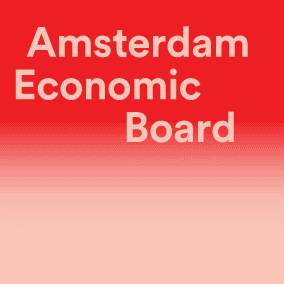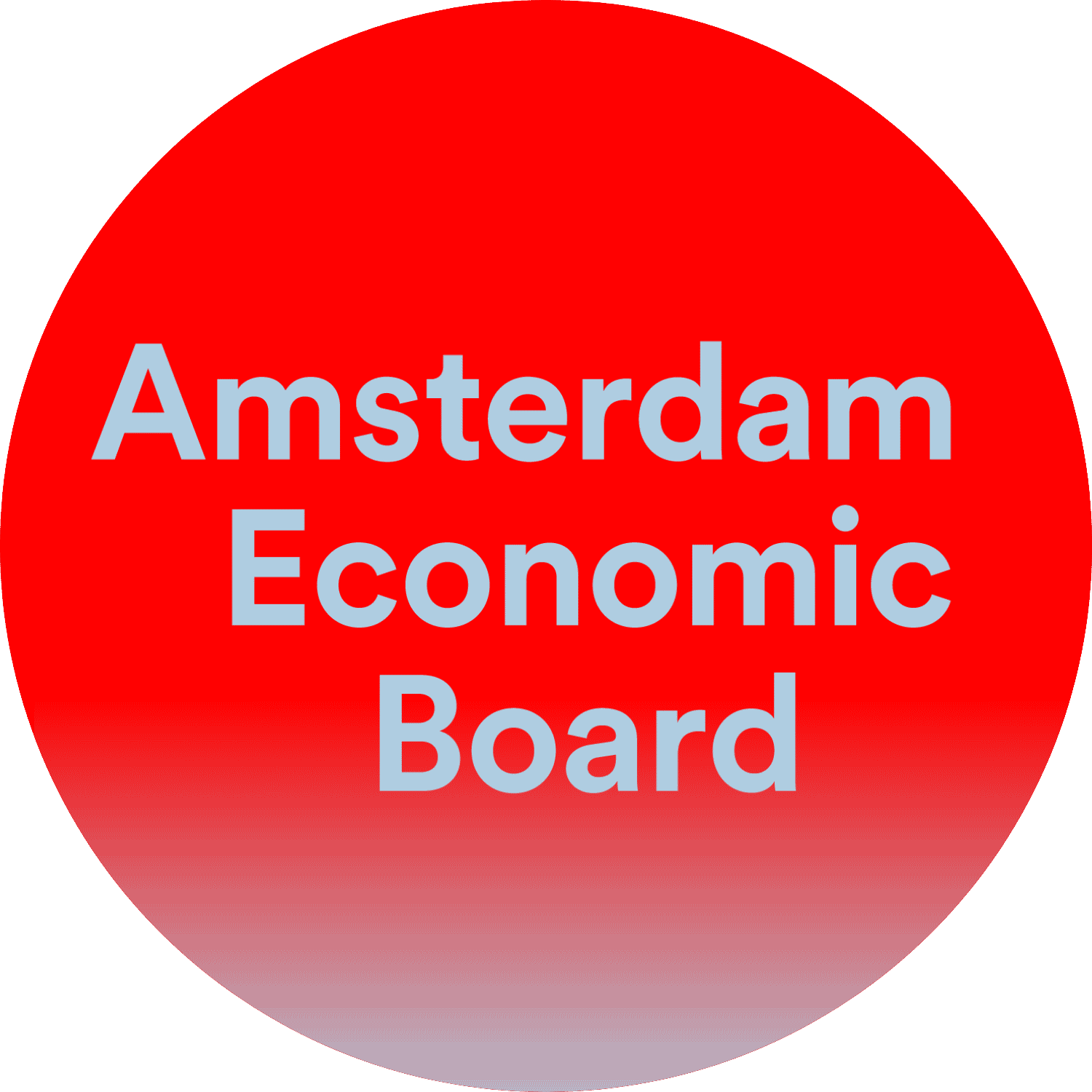Drug regulations and their impact on new drug discovery and development
On 19 June 2018, the Life Sciences Café made a welcome return to Café Restaurant Polder in Amsterdam Science Park. Organised by the Amsterdam Economic Board in collaboration with EY, the Café’s new series takes inspiration from the upcoming move of the European Medicines Agency to Amsterdam. It brings a mix of Life Sciences professionals and members of the business community together to learn about and discuss innovations and challenges in the sector.
The first session looked at drug regulations and their impact on new drug discovery and development, and was introduced by Jeroen Maas, Challenge Lead for Health with the Amsterdam Economic Board. Maas’ opening address noted how much the Life Sciences cluster in the Netherlands has grown during the past three years, and how much more visible the sector has become to the general public since the last edition of the Life Sciences Café took place in 2015. He then handed over to Marc ter Haar, Strategic Relationship Director at EY, who hosted proceedings.
Advanced Therapy Medicinal Products and drug regulation
Dr Carla Herberts of the Dutch Medicines Evaluation Board (CBG), a specialist in oncology and haematoncology and the Dutch alternate for the committee for advanced therapies, gave the first talk of the session, looking at Advanced Therapy Medicinal Products (ATMP) and the procedure of ATMP regulations. ATMPs consists of gene therapy, cell therapy and tissue-engineered treatments, and are classified as medicinal products, so companies must apply for marketing authorisation and demonstrate quality, safety and efficacy before a product can be sold. That application process is handled by a centralised European system, with a committee comprising all EU countries and Norway responsible for determining the final yes-or-no answer. Their role is purely assessment of the benefits and risk of a product, not assessment of pricing, which is the next stage for the companies.
Herberts emphasised that ATMPs are a complex challenge for both the company developing the treatment and the committee members assessing it. The product types are typically personalised, derived from a patient’s cells or matched to a specific patient, and they usually only target treatments for very small patient populations. Until now, just 10 ATMPs have been approved, with five more currently under evaluation. However, Herberts noted that crucially, applications have been happening more frequently. ‘It’s a growing, promising market,’ she said. Her main take-home message from this session was that regulators have to talk to the companies developing the products to understand the challenges, but that the communication should go both ways. ‘We can learn from you. You can learn from us.’
Amicus Therapeutics
The second guest of the session was Willem van Weperen, VP of Amicus Therapeutics, which specialises in developing treatments for rare diseases– most notably seeking a cure for Fabry disease, a fatal genetic disorder with 10,000 known patients. Amicus’ innovative product is a simple pill, which replaces more invasive treatments. However, such a small patient population can be a challenge when it comes to product authorisations. For example, there are only 200 people diagnosed with Fabry disease in the Netherlands, with only 80 requiring therapy. And while obtaining authorisation from the EMA is one major hurdle, it doesn’t guarantee patients’ access to the drug, as reimbursement authorisations must then be granted in each EU country.
As well as relaying his own experiences with Amicus Therapeutics, Van Weperen offered the audience a brief introduction to Kite Pharma, a subsidiary of biopharmaceutical company Gilead. Kite is perhaps most famous for its research into new immunotherapy approaches, currently bringing CAR T-cell therapy to the market. The company has recently announced plans for a new facility, which will open in Hoofddorp in 2020.
Opening the floor to the audience
The debate portion of the evening featured 45 minutes of lively discussion led by Ter Haar, as audience members posed questions to the two guests. Some of the questions raised were: ‘So what actually makes a good application good?’; ‘Is the current approval procedure transparent?’; ‘Is China more lenient with applications than the EMA or FDA?’; ‘What will happen with collaborations with the UK after Brexit, for example with the UK’s Catapult programme?’ and ‘How do you handle applications that relate to such small patient numbers?’; and there was a discussion on what would improve or speed up reimbursement applications.
When asked if it would be better if there was more international harmonisation and organisations like the EMA and FDA worked together more closely, the general consensus was that yes, it would. But Herberts noted that different approaches play their part, saying ‘With oncology products, for example, in the US, the question is more commonly “is the product active?” And in the EU we tend to ask, “is it better than what we already have?” That’s how the decisions can still differ.’
In a discussion about whether European or American organisations are faster at handling applications, the initial feeling was that the FDA is faster, though both members of the panel confirmed that the speed of the process always depends on the quality of the application. Van Weperen added: ‘For one of our therapies, we’ve actually been approved in Europe, but not yet in the US. That’s because we were able to have discussions in advance with the Europeans about the design of our study and agree upon the statistical method.’
And as the panel discussed some of the manufacturing challenges for drugs companies, Herberts noted that one of the reasons for Kite’s move to Hoofddorp for the production of their CAR T cell product, was the logistics opportunities gained from being in the EU and next to a large airport. ‘A delay of several days is time that patients do not have,’ said Herberts. ‘For CAR T-cells, the timeframe between collection of the patient’s cell and administering modified cells (i.e. the CAR T cell product) back to the patient has to be as short as possible.’
Upcoming editions of the Life Sciences Café
Upcoming editions of the Life Sciences Café will take place on:
- 20 September 2018: Personalised treatment
- 22 November 2018: Personalised prevention
As well as offering presentations and debates, each Life Sciences Café event is a fantastic opportunity to meet and mingle with colleagues from the Life Sciences sector and representatives from the broader business community in Amsterdam. If you have any feedback, ideas or extra information that may influence future editions of the Life Sciences Café, please contact: j.maas@amecboard.com
2 July 2018
Read more about
Contact us
Want to keep up to date?
Get the best regional news and events (in Dutch) via the Board Update newsletter
Share this news
Want to keep informed?
Follow us daily on LinkedIn and sign up for the Board Update newsletter.
Read more
- Adyen is one of the great success stories of Amsterdam’s tech ...
- Together with enthusiastic partners in three coalitions, the Amsterdam Economic Board is ...
- The top 100 AI tools based in the Amsterdam Metropolitan Area are shown ...






